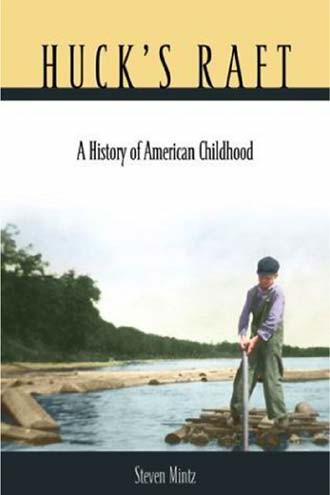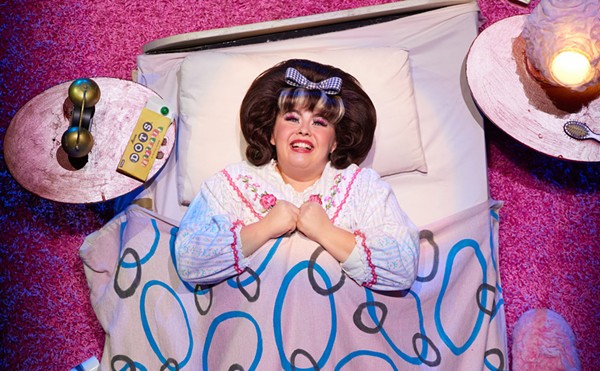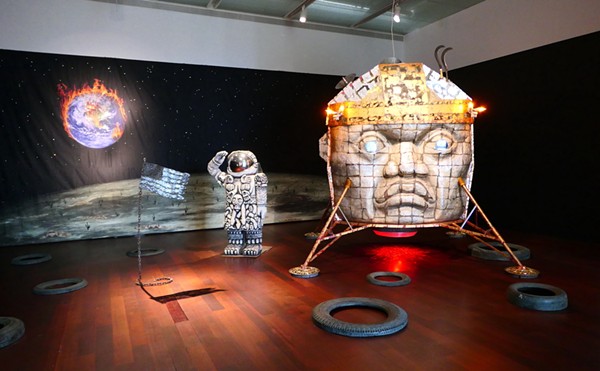|
Steven Mintz examines how society shapes youth to serve its needs George Washington was never a teenager - not because the father of this country was born at 50 but because the concept "teenager" did not exist; the word did not appear in print until 1941. A 13-year-old has more in common with a 12-year-old than a 19-year-old, but because the suffix "teen" occurs in both numbers our Anglophonic society consigns 13 and 19 to the same category. Treated like "teenagers," people 13 to 19 act the part, confirming the dominion of culture over physiology. "Childhood" is the most widely distributed of American inventions, and its models differ dramatically from era to era. To the Puritans, children were miniature and deficient adults who had to be restrained from wasting time on sinful play. The American Revolution was, according to University of Houston historian Steven Mintz, a children's revolt, in which juvenile rebels played a decisive part and national independence meant a conscious rejection of the mother country and its paternalistic monarchy. The 19th century, claims Mintz, offered two versions: useful childhood, in which young people were expected to be productive members of their household; and protected childhood, in which they were regarded as innocent, malleable, and fragile. Protected childhood, a sanctuary whose temporary occupants were free to devote themselves exclusively to education and play, became the middle-class norm. By the early 20th century, child labor laws and compulsory schooling universalized it. An elaborate infrastructure of playgrounds, nurseries, juvenile courts, orphanages, pediatricians, toy manufacturers, clothing designers, book publishers, and censors constructed childhood as a sheltered oasis, insulated from death, profanity, and sex. During the past 50 years, that shelter has been breached in what Mintz calls "postmodern childhood." Young people are now more likely to hold a job, undergo family breakup, and experience sexual relations. Yet, in contrast to the pre-modern model, they function as independent consumers and members of a semi-autonomous culture. For the title of Huck's Raft, his richly detailed study of how childhood in the United States has evolved, Mintz appropriates the most famous child in American literature: a spunky youth abused by his drunken Pap. He presents Huckleberry Finn's journey along the Mississippi as a metaphor for childhood itself, combining freedom, discovery, and danger. In contrast to contemporary childhood, where interaction with adults is usually limited to parents, teachers, and other service providers, Huck finds crucial companionship in the fugitive slave Jim.
Mintz uses history to debunk several myths: that childhood once was carefree, that families were stable, that American childhood is the story of either steady progress or decline. A variety of political agendas have seized on the welfare of children as convenient justification, and Mintz sees contemporary disputes over sex education, gay adoption, corporal punishment, school vouchers, and censorship as displaced battles over adult issues. He concludes that the interests of children are better served by preparing than sheltering them: "In a risk-filled world, naivete is vulnerability." The community, rather than individual parents, is key to solving many problems besetting contemporary children, Mintz notes. And he laments the standardization of American childhood. No longer a vessel of freedom, Huck's raft is more like those keg-laden floats that clog the Guadalupe on Labor Day. Mintz suggests that the United States, where the adult take on childhood is often tinged by envy and resentment, is a society of juvenophobes. "I never met a kid I liked," declared W. C. Fields. Huck's Raft might have encouraged Fields to widen his circle of acquaintances. •
|

KEEP SA CURRENT!
Since 1986, the SA Current has served as the free, independent voice of San Antonio, and we want to keep it that way.
Becoming an SA Current Supporter for as little as $5 a month allows us to continue offering readers access to our coverage of local news, food, nightlife, events, and culture with no paywalls.
Scroll to read more Arts Stories & Interviews articles
Newsletters
Join SA Current Newsletters
Subscribe now to get the latest news delivered right to your inbox.

















